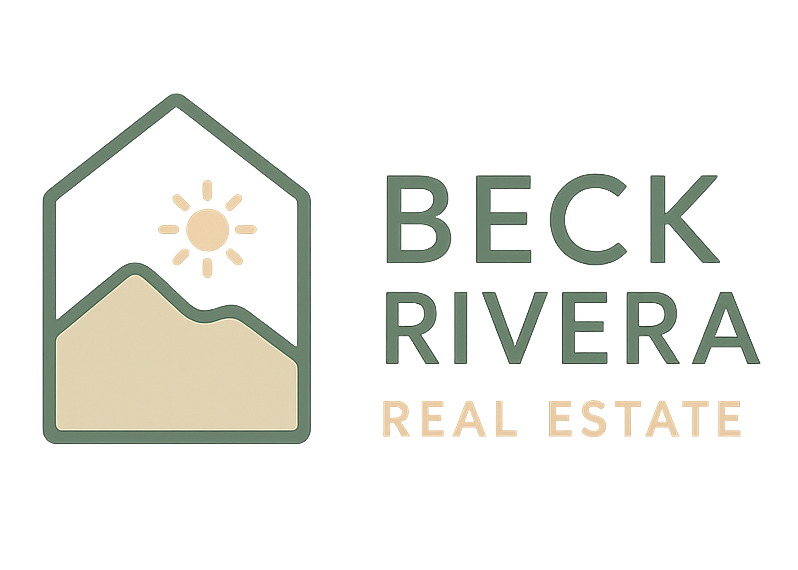The 50-Year Mortgage: Lower Payments, Higher Costs
A 50-year mortgage might sound like the answer to high housing costs, but the long-term math tells a different story. Learn how extended loans impact affordability, equity, and total interest — and when refinancing could make sense.
The idea of a 50-year mortgage has been making waves lately, and it’s easy to see why. With high home prices and stubborn interest rates, stretching payments over half a century sounds like a simple way to make housing more affordable. However, while longer loan terms may lower monthly payments, they come with serious long-term tradeoffs that every buyer should understand.
So What Is a 50-Year Mortgage?
Traditionally, most mortgages run for 15 or 30 years. A 50-year mortgage would extend that timeline by another two decades. The appeal is straightforward - smaller monthly payments because the same principal is spread over more years.
This concept isn’t entirely new as versions of it have appeared briefly during past housing booms, but renewed discussions reflect today’s affordability challenges, where buyers are often priced out by high interest rates and limited inventory.
Why It Sounds Attractive
For first-time buyers or households struggling to qualify, the main advantage is accessibility. Lower monthly payments can make it easier to get approved and step into homeownership sooner. In theory, it could help more people build stability through ownership rather than rent.
It’s also psychologically appealing. Seeing a lower payment — even if the term doubles — can make the dream of owning a home feel within reach.
What’s the Catch?
Here’s the catch…you’d be paying interest for 20 extra years. That means significantly more money going to the lender and much less toward building equity.
To illustrate, imagine a $400,000 mortgage at 6.5% interest:
30-year loan: roughly $910,000 total paid over the life of the loan.
50-year loan: about $1.3 million total - more than $390,000 extra in interest.
That’s nearly the price of another home!
Beyond the financial cost, there’s an emotional one. The slower pace of equity growth means it would take much longer to build wealth or use your home as leverage for future opportunities.
There’s Always Refinancing…
Some supporters argue that 50-year mortgages could be a short-term tool as a way to get into a home now, with the intention of refinancing to a 30-year loan when rates drop. That’s possible, but it’s not guaranteed.
Refinancing depends on several factors:
Interest rates actually decreasing
The homeowner’s credit and income staying strong
Covering the new loan’s closing costs
For some buyers, refinancing could be a smart move down the line. For others, it might remain out of reach, leaving them locked into an expensive, decades-long commitment.
Who Might Benefit
In a few niche cases, such as buyers expecting rising incomes or future rate drops, a 50-year mortgage could serve as a stepping stone. It might also help multigenerational households combine resources to enter the market. But these are exceptions, not the rule.
The Bottom Line
A 50-year mortgage might make homeownership appear more affordable in the short term, but it doesn’t solve the deeper issue: the true cost of borrowing. Buyers would be paying for far longer and building wealth far slower.
If affordability is the goal, exploring creative down-payment programs, rate buydowns, or shared-equity models may be more sustainable paths.
At Beck Rivera Real Estate, my focus is helping you buy smart - not just buy fast. Whether you’re weighing a 15-, 30-, or even a proposed 50-year loan, I’ll help you understand the trade-offs so you can move with clarity and confidence.

